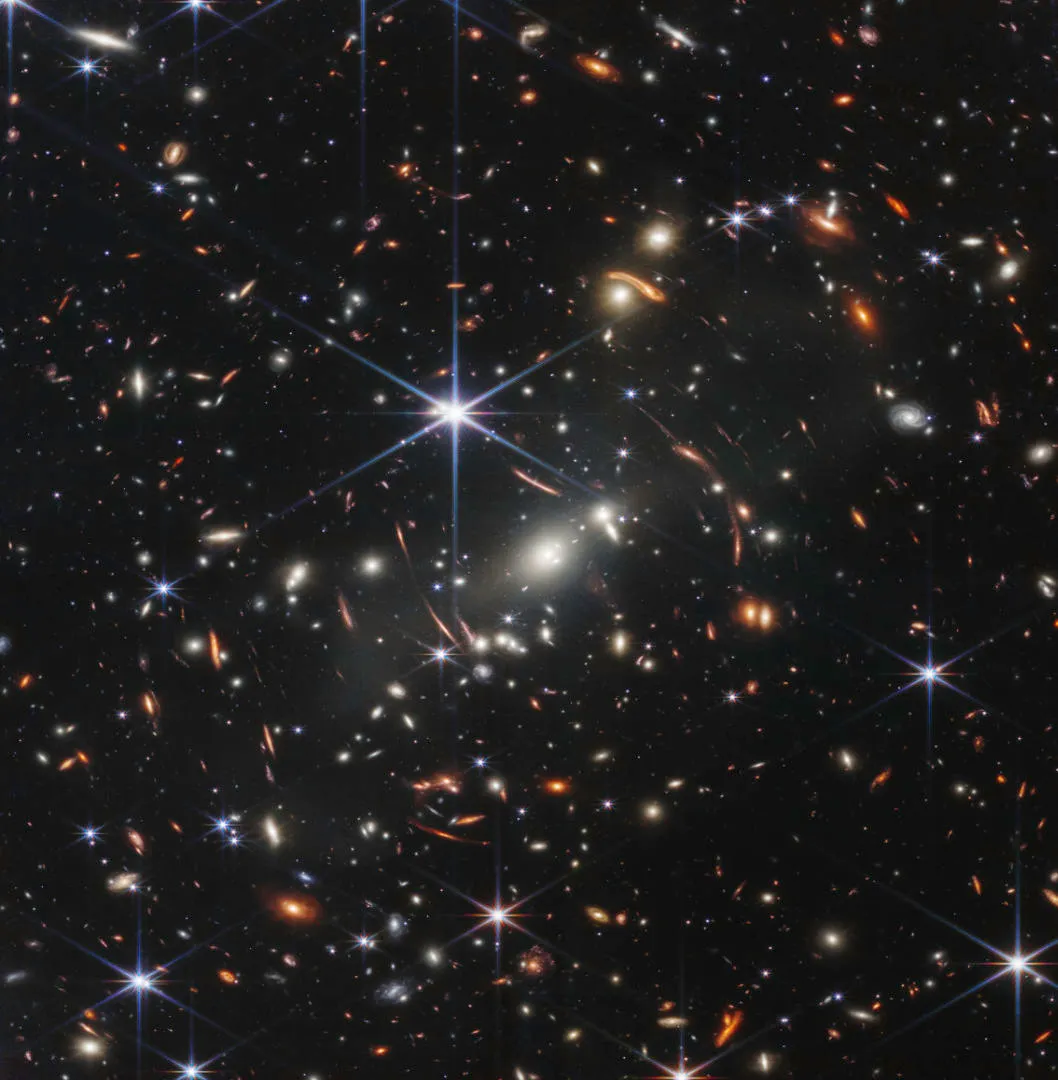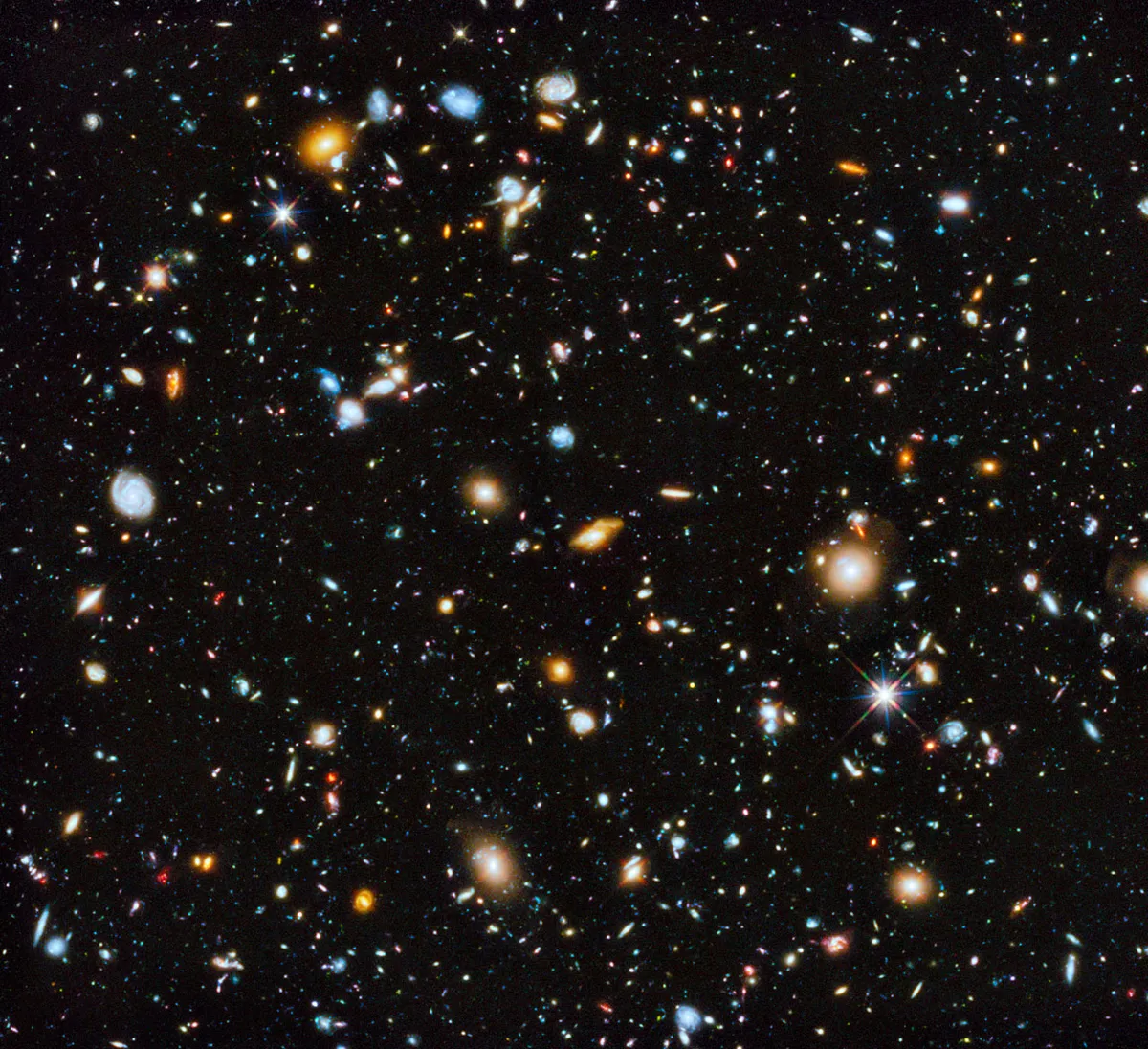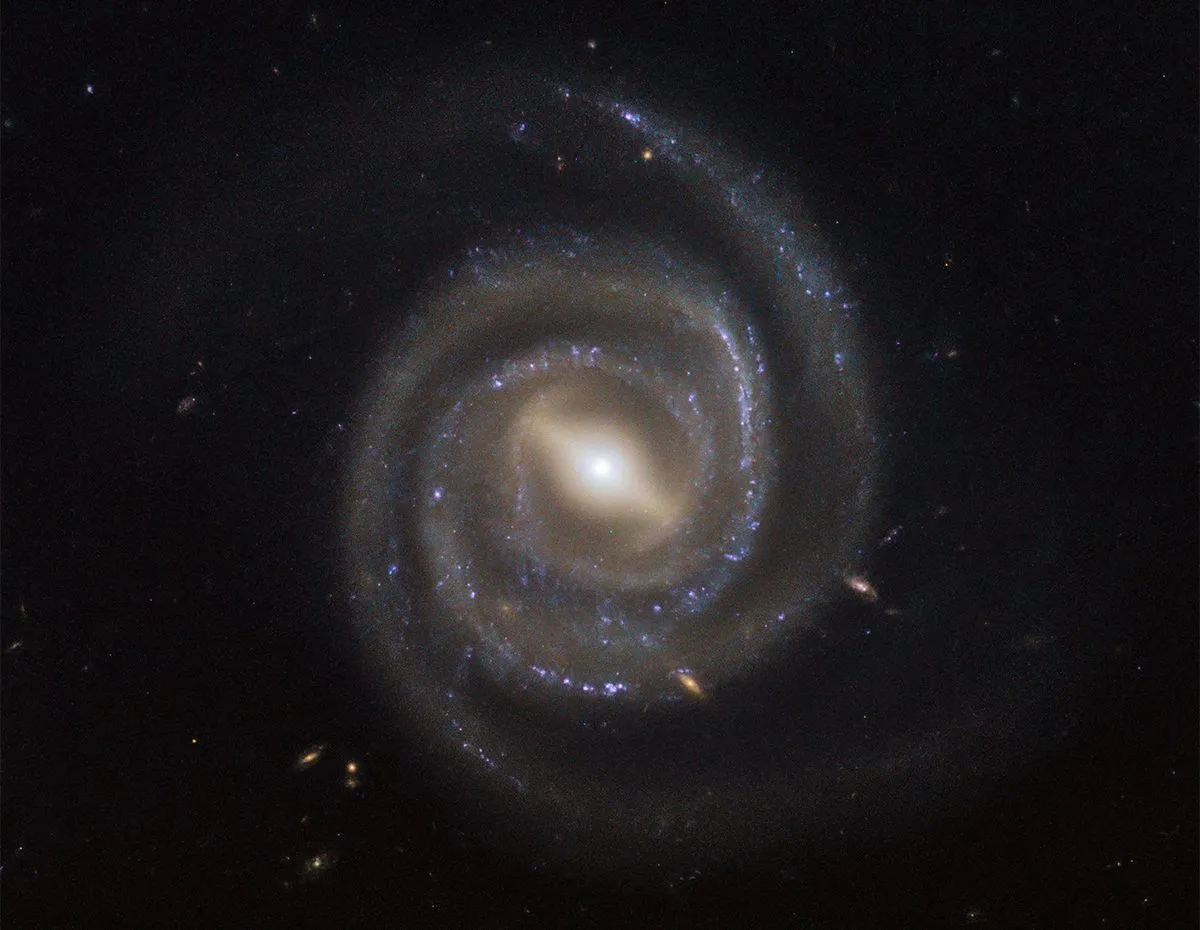Over the last year or so, images from the James Webb Space Telescope have revealed a population of ‘little red dots’ – faint objects that may well be the cores of galaxies, shining brightly thanks to what seem to be actively growing black holes at their centres.
Understanding this early population is an important and urgent task for cosmologists, but there’s a problem.
When we look at sources this far away, we see only the most massive and brightest systems, while testing our theories means we want to see what’s going on with normal, Milky Way-sized galaxies.

One paper sets out to do just that, using a cunning technique using data from a different observatory, the Hubble Space Telescope.
The team, led by Matthew Hayes in Stockholm, pointed Hubble back at the patch of sky where it made one of its deepest images, the Ultra Deep Field, through multiple observations over several years.
Comparing then and now, they can identify sources that change in brightness, and hope that some of them, at least, will be normal, active galactic nuclei, flickering as material falls onto their black holes.
The new image is the result of 30 orbits of Hubble time in September 2023 and revealed 71 variable sources.
Most of these are relatively nearby and will be covered in a future paper, but the team do report on a small number of the most interesting, and distant, discoveries.

Spot the difference
Some, at least, are supernovae.
Two such objects must have exploded in between the last Hubble observations of the field, in 2012, and now.
A third, intriguing source seen cleanly in the old Ultra Deep Field has now vanished – presumably a supernova already fading when last seen.
Most excitingly of all, there are seven faint objects that seem to have changed brightness significantly in the last decade.
The paper tells us about two seen by Hubble in 2009, 2012 and in the new observations, and one that has vanished completely since being seen clearly over a decade ago.
All three show up in JWST observations of the field, which then pins their distances down.

How old are they?
All are above a redshift of six, which means we’re seeing them as they were within the first billion years of the Universe’s existence.
When you take into account the remarkable odds against finding any sources that happen to be varying while we happen to see them, the detection of these three sources alone implies that black holes are more common than expected in the early Universe.
If the estimates from this early analysis are right, then extrapolating forwards we should expect – according to our best theories – many more massive black holes in the present-day Universe than we do.
These results are another sign that there’s something we’re not understanding about how black holes are made, especially early on in cosmic history.
In the long run, JWST will help; comparing observations made now to those in a decade’s time will be a more sensitive version of the same experiment.
In the meantime, in a cosmos we thought we understood, these remarkable observations are telling us we still have some thinking to do.
Chris Lintott was reading Glimmers in the Cosmic Dawn: A Census of the Youngest Supermassive Black Holes by Photometric Variability by Matthew J Hayes et al. Read it online at: arxiv.org/abs/2403.16138.
This article appeared in the June 2024 issue of BBC Sky at Night Magazine.

